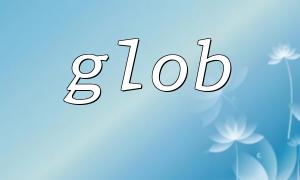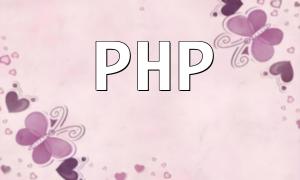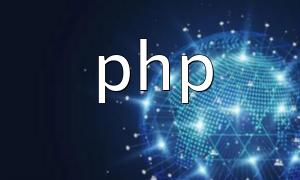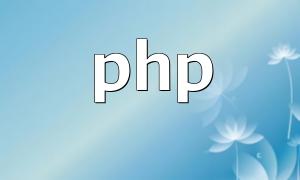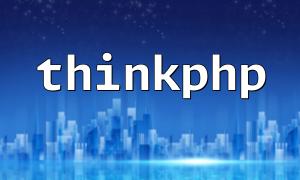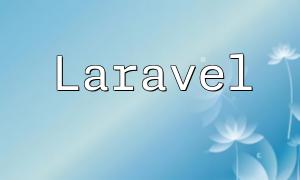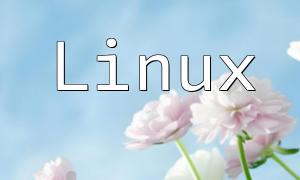With the rapid development of artificial intelligence technology, AI art tools have become a significant area of creative applications. Midjourney's AI art tool stands out due to its exceptional art generation and user-friendly interface. This article will detail how to use PHP to integrate with Midjourney's AI art tool and share valuable tips and code examples.
Before we begin, there are a few preparatory steps:
Before making API calls, we first need to obtain an access token. Here is the code example for obtaining the token:
$url = 'https://api.midjourney.com/token';
$data = array('grant_type' => 'client_credentials');
$options = array(
'http' => array(
'header' => 'Content-type: application/x-www-form-urlencoded',
'method' => 'POST',
'content' => http_build_query($data),
),
);
$context = stream_context_create($options);
$response = file_get_contents($url, false, $context);
$result = json_decode($response);
$access_token = $result->access_token;Once we have the access token, we can use it to call the Midjourney art generation API. Here is the code example for that:
$url = 'https://api.midjourney.com/draw';
$image_data = file_get_contents('path/to/image.jpg');
$data = array(
'image_data' => base64_encode($image_data),
'style_id' => 'style_1',
);
$options = array(
'http' => array(
'header' => 'Content-type: application/x-www-form-urlencoded',
'method' => 'POST',
'content' => http_build_query($data),
'bearer' => $access_token,
),
);
$context = stream_context_create($options);
$response = file_get_contents($url, false, $context);
$result = json_decode($response);
$output_image_data = base64_decode($result->output_image_data);
file_put_contents('path/to/output_image.jpg', $output_image_data);In the code above, we first convert the image to base64 encoding, then pass the encoded image data to the drawing API along with the specified drawing style. Afterward, we retrieve the generated image data, decode it, and save it as a new image.
To improve performance and user experience, we can optimize our approach in the following ways:
Using PHP's cURL library instead of file_get_contents makes network requests more flexible and efficient. Here is the code example for optimizing the request with cURL:
$curl = curl_init();
curl_setopt_array($curl, [
CURLOPT_URL => 'https://api.midjourney.com/token',
CURLOPT_RETURNTRANSFER => true,
CURLOPT_POST => true,
CURLOPT_POSTFIELDS => http_build_query(['grant_type' => 'client_credentials']),
CURLOPT_HTTPHEADER => ['Content-Type: application/x-www-form-urlencoded'],
]);
$response = curl_exec($curl);
$result = json_decode($response);
$access_token = $result->access_token;
curl_close($curl);During development, error handling is crucial. We can use try-catch statements to catch potential errors and provide detailed error messages. Here's a code example for error handling:
try {
$response = file_get_contents($url, false, $context);
} catch (Exception $e) {
echo 'Error: ' . $e->getMessage();
}This article has demonstrated how to integrate PHP with Midjourney's AI art tool and provided detailed tips and code examples. These techniques will help developers integrate AI art functionality more efficiently while emphasizing the importance of network request optimization and error handling for enhanced performance and stability.

